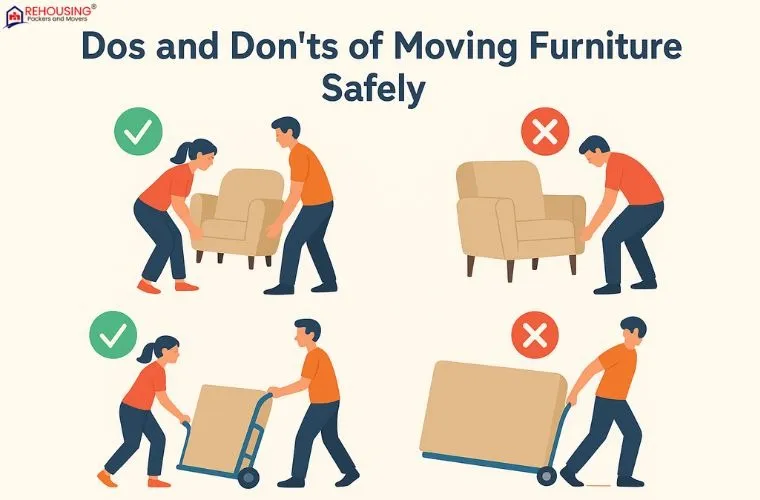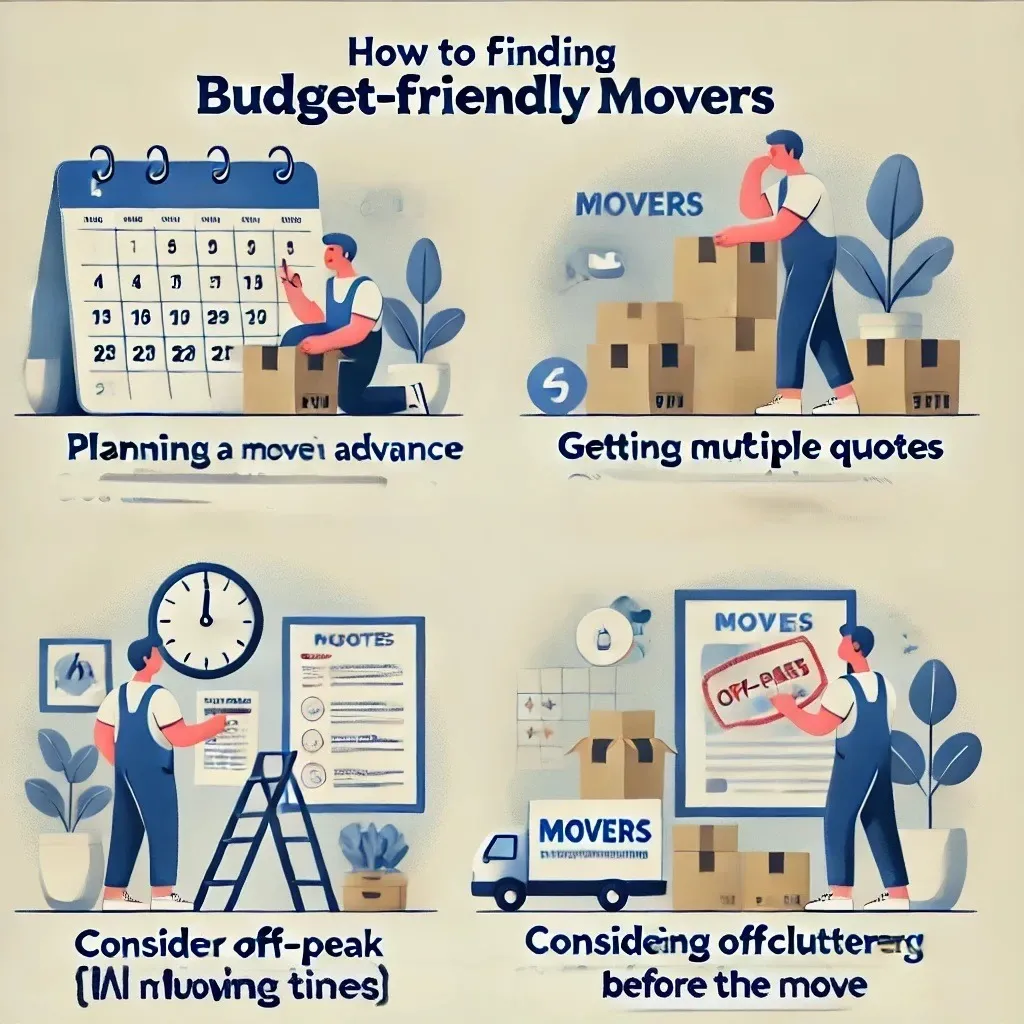Moving to a new home is always exciting but has its fair share of challenges. One of the most crucial tasks is safely moving furniture. Improper handling can damage your belongings, cause injuries, or incur extra costs. Whether hiring house-shifting services or planning your relocation, understanding the proper dos and don’ts of furniture moving can save time, money, and stress.
This blog provides essential tips for safely moving furniture and ensuring a hassle-free experience.
Dos of Moving Furniture
1. Do Plan Ahead
Before moving day, take the time to plan how each piece of furniture will be transported. Measure doorways, staircases, and hallways to ensure that large items like sofas, wardrobes, and beds can fit easily. Planning can prevent last-minute issues and reduce the risk of damage during your house moving services.
2. Do Use Proper Lifting Techniques
Furniture can be heavy and awkward to carry. Always bend your knees, keep your back straight, and lift with your legs rather than your back. Proper lifting techniques reduce the risk of injury. Use moving straps or dollies to handle particularly heavy or bulky items.
3. Do Disassemble Large Furniture
If your furniture can be disassembled before moving, do so. Remove table legs, cushions, and shelves to make transportation easier. Keep screws and small parts in labeled bags to avoid losing them. Disassembled furniture is easier to maneuver, safer to carry, and less likely to get damaged during transport.
4. Do Protect Your Furniture
Wrap furniture in blankets, bubble wrap, or pads to protect it from scratches, dents, and dirt. Extra padding is essential for delicate or antique items. Proper packing materials ensure your furniture reaches your new home in the same condition it left the old one. Professional packers and movers often provide high-quality packing materials to safeguard your belongings.
5. Do Clear the Path
Before moving any furniture, make sure the pathway is clear of obstacles. Remove rugs, cords, and small items from hallways and doorways. This prevents tripping hazards and ensures a smoother move. Planning the path can make even heavy items easier to navigate.
6. Do Enlist Help
Furniture moving is not a one-person job. Enlist friends or family to help, or hire professionals. More hands make the job safer and faster. If you’re using car and bike transport services for smaller vehicles or items, professional help ensures careful handling and minimizes the risk of accidents.
Don’ts of Moving Furniture
1. Don’t Rush the Process
Hurrying through moving day increases the likelihood of accidents or damage. Take your time with each item, especially fragile or expensive furniture. Patience is key to a safe and successful move.
2. Don’t Lift Heavy Items Alone
Never try to lift heavy furniture by yourself. This can cause serious injuries and damage to your furniture. Use lifting equipment, get assistance from friends, or hire professional movers to handle bulky items safely.
3. Don’t Drag Furniture Across Floors
Dragging furniture can scratch floors and damage the furniture itself. Always lift or use sliders to move heavy items across surfaces. Consider placing blankets or sliders under furniture legs for hardwood or tiled floors to prevent scratches.
4. Don’t Ignore Weight Limits
If you are using moving equipment like dollies, carts, or trolleys, don’t overload them. Exceeding weight limits can lead to equipment failure, damage, or personal injury. Proper handling of weight ensures safety for both your furniture and movers.
5. Don’t Forget to Secure Furniture During Transport
Whether moving locally or long-distance, ensure your furniture is securely fastened in the moving vehicle. Loose items can shift during transport, causing damage. Professional luggage courier teams are trained to secure furniture properly to avoid accidents.
6. Don’t Neglect Fragile Items
Glass tables, mirrors, and delicate furniture require extra care. Wrap these items individually in bubble wrap or protective coverings. Mark them as fragile and handle them with caution throughout the move.
Extra Tips for Safe Furniture Moving
- Label Boxes and Items: Proper labeling helps during unpacking and ensures fragile items are handled carefully.
- Use Professional Equipment: Dollies, sliders, and straps can make furniture moving easier and safer.
- Hire Experts for Large Items: For pianos, pool tables, or other cumbersome furniture, professional movers are the safest choice.
- Check Vehicle Space: Before loading, ensure the transport vehicle has enough room for all items without forcing or stacking improperly.
Conclusion
Moving furniture safely requires careful planning, proper techniques, and equipment. By following these dos and don’ts, you can minimize risks, avoid damage, and ensure a smoother relocation process.
Whether you use house moving services or professional Rehousing Packers and Movers, they will help make your moving experience stress-free and efficient. A clear plan, proper packing materials, and the right team can make the difference between a successful and chaotic move.
Remember, moving is not just about transporting belongings-it’s about protecting your investment, staying safe, and starting fresh in your new home with peace of mind.





